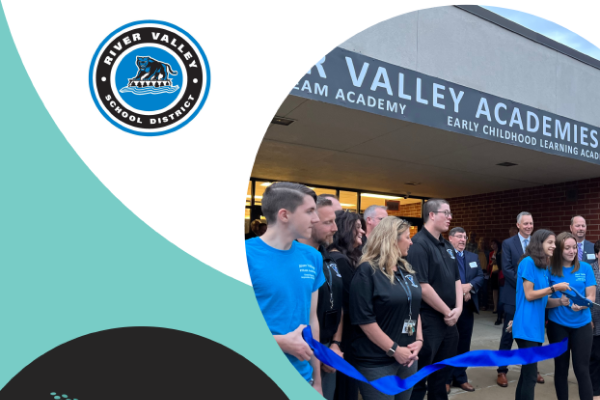Making Time for Mastery
May 01, 2018
Executive Perspective
Time continues to be a major regulator in education. The number of days a student must attend school is specified by law, usually around 180 days per school year. In many cases, the number of hours a student must be in school also is mandated, as are
the hours in attendance required to get credit for a course.
These requirements came about with the best of policymakers’ intentions. Children could not learn if they were not in school and in the classroom, so we thought.
Today’s technology makes it possible for a student to learn any place and any time if there is a Wi-Fi connection. Nevertheless, the place and time requirements are still in place. Programs of study will specify a content that must
be mastered at a particular grade level during the course of the school year. Children who exhibit mastery get promoted to the next grade level. The students who do not get to repeat the grade — not just the areas where they failed to achieve,
but the entire grade content.
Going Systemwide
In most states, the school year still follows the agrarian calendar: 10 months of school with a couple of months off during the summer. Many educators have pointed to the summer learning loss that occurs. They have urged for an expansion of year-round
schools, a scheduling practice that has failed to gain ground not because it does not make sense but because the summer vacation is ingrained in our culture.
During my tenure as superintendent in Fairfax County, Va., we established year-round
schools in many of our facilities, but the school system abandoned the project when parents with children in both traditional and year-round schools found it difficult to reconcile the various schedules. Going systemwide with the change was not possible
because of Virginia’s “Kings Dominion law,” which prohibits public schools from opening before Labor Day without a special dispensation. Apparently, ensuring that amusement parks in Virginia are well attended and staffed during the
holiday weekend is more important than eradicating summer learning loss.
The high school graduation rate is determined by the percentage of students who graduate four years after entering the 9th grade. Four years is the key, not five,
six or seven, just four. If you cannot make it in four, you do not count, begging the question: What is more important — that a student receive a high school diploma or that graduation takes place in four years? There are many other examples
of how time seems to be the critical factor in our education system as opposed to learning mastery, regardless of the time it may take to achieve it.
Regulatory Relief
Several years ago, my colleagues Mort Sherman and John Brown and I wrote Personalizing 21st Century Education: A Framework for Student Success. In the book, we claim that educators have long wanted to be liberated from the regulatory chains that
bind us. The 21st century has introduced the enabling technology to make personalized learning a reality. Time is one of the factors we seek to discard, thus allowing instruction to proceed at the appropriate pace for each student. Since the publication
of the book, AASA’s Personalized Learning Cohort has expanded to include dozens of superintendents throughout the country who have implemented programs
that allow the student to set the pace of instruction.
Jeff Dillon, superintendent in Wilder, Idaho, claims his “students are learning to slow down rather than rushing through lessons just to get them done. There is purpose now, and
the students are the ones responsible.” Dillon says time has now become a positive focus. By removing traditional passing periods and bell schedules, he estimates that over a four-year high school career, an entire year of instruction is recovered,
“thus allowing students and their mentors to better allocate the instructional time needed to fulfill the district’s commitment to empowering student voice and student mastery.”
At the Amboy Community Schools in Illinois,
Superintendent Jeff Thake has been influenced by self-paced classrooms where students can advance grade levels as they are ready, as opposed to waiting for the end of the school year. He has highlighted project-based learning in his classrooms, allowing
students to work at their own pace thanks to a technology-rich environment.
Moving away from pacing guides and allowing students the time they need to achieve mastery is a step in the right direction. Recognizing that students can learn
anywhere and at any time will begin the necessary transformation from the traditional space and time regulations.
Author
Advertisement
Advertisement
Advertisement
Advertisement




